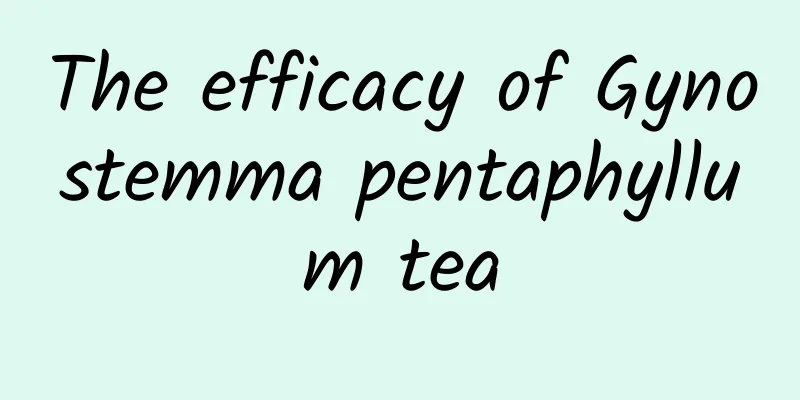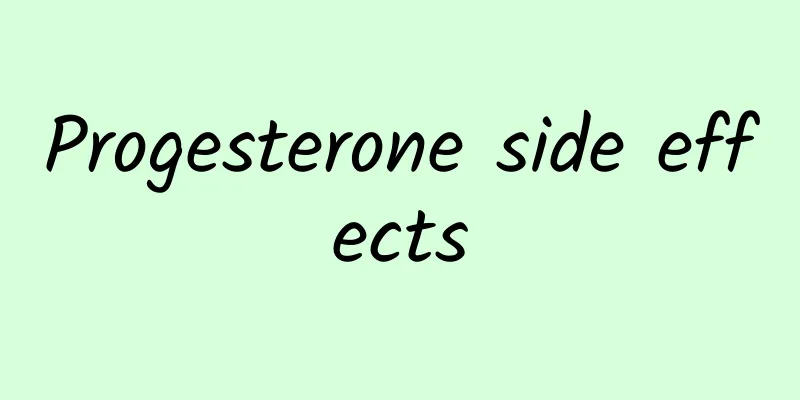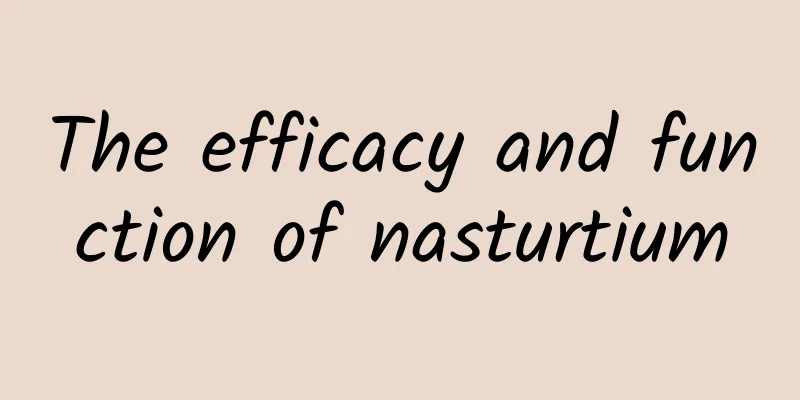The efficacy and function of the wall wind

|
Glechoma longituba is a kind of traditional Chinese medicinal material with very wide functions. We can use Glechoma longituba in many places. Glechoma longituba also plays a very important role in the treatment and relief of many diseases. Now let us learn about Glechoma longituba. [Other names] Stinky jasmine, stinky peony, big maple leaf, stinky yellow root, ghost fire [Source] Medicinal material source: the whole plant with roots of the Verbenaceae plant. [Original form] Sharp-toothed stinking jasmine shrub, 0.5-3m tall. Young branches are nearly quadrangular, old branches are nearly round, and covered with short soft hairs. Simple leaves are opposite; petioles are 2-11cm long and covered with short soft hairs; leaves are papery, broadly ovate or cordate, covered with short soft hairs on both sides, with several disc-shaped glands on the base veins, and leaf margins with irregular serrations or wavy teeth. The corymbose cyme is terminal and the flowers are densely packed; the bracts are numerous, lanceolate, 2.5-4cm long, covered with short soft hairs, glandular dots and a few disc-shaped bodies; the calyx is bell-shaped, 1-1.5cm long, also densely covered with soft hairs and a few disc-shaped glands, the calyx teeth are 5-lobed, linear-lanceolate, 4-10mm long; the corolla is purple-red or light red, the corolla tube is 2-3cm long, the lobes are 5, obovate, 5-7mm long; there are 4 stamens, which extend out of the corolla with the style; the style is longer than the stamens. The drupe is nearly spherical, 5-6mm in diameter, blue-black when ripe, and surrounded by a purple-red enlarged persistent calyx. Flowering and fruiting period is from June to November. [Habitat distribution] Ecological environment: Growing on hillsides, roadsides, ditches or under mixed woods below 2800m above sea level. [Properties] Identification of properties: The roots are irregular cylindrical short segments, 3-5cm long, 0.5-2.5cm in diameter, with gray-brown to tan surface, white dot-like lenticels and fine wrinkles. It is solid in texture, yellowish-white in cross section, with inconspicuous ring marks and radial textures. It has an unpleasant smell and tastes slightly sweet and bitter. The best ones are those with uniform size, solid texture and no above-ground stems. 【Nature and flavor】 Bitter; warm 【Functions and indications】 Dispel wind and dampness; promote blood circulation and reduce swelling. It is used for rheumatic pain, migraine, leucorrhea, uterine prolapse, eczema, and sores. [Usage and Dosage] For oral use: decocted in water, 9-15g. 【Excerpt】 Chinese Materia Medica After learning so much about the various situations of Chinese medicine for wall wind, I believe that we can remain calm when facing the troubles of the disease and treat the treatment of the disease correctly. |
<<: The efficacy and function of cup chrysanthemum
>>: The efficacy and function of diarrhea
Recommend
The efficacy and function of flower frog
The Chinese medicinal flower frog is a relatively...
The "Tyndall effect" appears in the cloudy sky of Beijing. Why does light have a shape?
On the morning of April 20, affected by the cold ...
The efficacy and function of red iron leaves
Many people know that the leaves of the red iron ...
Chinese space station space puzzle, comparison of the three cabins of Tianhe, Wentian and Mengtian
Your browser does not support the video tag The l...
The efficacy and role of Ma Jiao Er [picture]
The traditional Chinese medicine Ma Jiao Er [Pict...
The benefits of soaking wolfberry, astragalus and red dates in water
What are the benefits of drinking water with astr...
What are the effects and functions of aphrodisiac fruit
People who pay attention to health preservation s...
The efficacy and function of nosebleed thunder
The traditional Chinese medicine nosebleed thunde...
The efficacy and function of tung oil root
Chinese medicine has different effects on our bod...
Can Danshen tablets be taken for a long time?
Danshen tablets are a drug that has a very good t...
The efficacy and function of rice ball vine
Rice ball vine is one of the common traditional C...
What are the effects of drinking roasted Astragalus membranaceus in water?
Astragalus is a substance that is often used in d...
Effects and functions of Camphorwood
The Chinese medicinal herb Camphora is a very goo...
The efficacy and function of Liangwang Tea
As for Liang Wang Tea, I think some people may ha...









